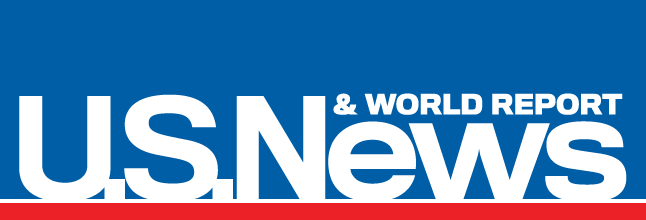Brian Saranovitz Featured in U.S. News & World Report
3 Ways to Cut Your Investing Fees. Brian Saranovitz, co-founder of Your Retirement Advisor was featured in a U.S. News & World Report online article today regarding ways to cut fees and add more life to your portfolio.
Brian provides his take on what steps investors can take to reduce fees, beginning with education. “We believe that in order to reduce costs, one must be committed to getting educated: doing research and questioning your advisors on their strategy and fees,” says Brian Saranovitz, co-founder of Your Retirement Advisor, in Leominster, Massachusetts. “If you’re a do-it-yourself investor, you’ll need to do much more research to understand the particular investment options, their performance and their fee structure.”
The article goes on with additional comments from Brian about hard to find fees in various investments. “Saranovitz says that hidden fees are especially difficult to uncover with most funds. “Look through the details of a prospectus and you won’t even be able to decipher all of a fund’s fees,” he says. “The internal transaction fees and commissions paid by mutual funds are typically not disclosed.”
Brian also provides insight for DIY investors suggesting the use of passive index funds, “Whether you’re doing your own investing or working with an advisor, you can fight back fees and potentially receive higher returns by utilizing a combination of low-cost passive index funds and ETFs, and actively managed funds,” Saranovitz says.
“Here’s how he breaks that strategy down:
- Index funds and exchange-traded funds typically use passive indexes and charge a fraction of the fees that most active money managers charge. They also have low turnover in their portfolios keeping costs low. However, while less expensive, these funds won’t outperform the index.
- Actively managed funds are managed to outpace the indexes and are appropriate for investors who are concerned about losses in a down market since these managers can use strategies to guard against this risk. It’s critical to pick active managers with care, choosing those with low fees and positive results in both negative and positive markets, as well as those with low turnover (which is the percent of holdings that are bought and sold each year).”
And finally, Brian’s comments end with his input on reducing fees when working with an advisor, “If you’re working with a professional investment advisor, you’re best served by working with the lowest cost, highest quality advisor you can find, Saranovitz says. “But beware the industry is plagued with high-fee advisors,” he says. “According to industry data, advisor fees average 1.65 percent and can go as high as 2 percent for a $500,000 portfolio, which is definitely an expensive proposition.”
“There are more client-friendly advisors and fee structures, but you need to do a little more research to find them. Look for an advisor who offers either a flat rate fee or a deeply discounted annual percentage fee based upon assets under management,” Saranovitz says.
The article finishes with a sentiment that Brian wholeheartedly believes in (as evidienced in his comments in the article) and shares with his students and clients , “Long-term investors really can’t afford to lose up to 40 percent of their portfolio’s value to high fees. So, take a stand, get educated, and fight back on high investment fees. Decades down the road, when you’re counting your money in retirement, you’ll be glad you did.”
Read more about our perspective on fees, access a fee checklist to share with your advisor or get the details on our affordable and flexible fee structure.
Request a complimentary fee analysis of your portfolio from Brian, today or call us at: 978.345.7075
